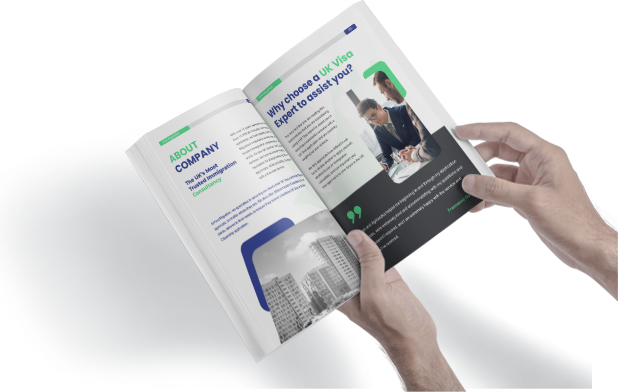As part of the application process for your UK family visa, you will need to prove and evidence that you have met the financial requirement. The evidence varies by income type, so your circumstances will dictate what information needs to be supplied. In the paragraphs below, we look at what documentation is required for each of the 5 main income types. You can provide income from one source or use a combination of the different sources to meet the financial requirement, provided you can supply the required evidence for each source. It’s also possible to use income earned from within the UK or overseas, although there are additional requirements for overseas earned income.
Income from Salaried Employment / Non-Salaried Employment
Income from salaried or non-salaried employment in the UK can be used to satisfy the financial requirement. Salaried income is considered consistent income, paid at regular intervals and as detailed in your employment contract. In contrast, non-salaried income is paid at an hourly or other rate (and the number and/or pattern of hours required to be worked may vary) or an amount that varies according to the work undertaken. The calculation and the documents required will vary based on the country of income and your length of time with the employer. It’s a very complex area and one we’re happy to discuss with you by phone if you need assistance. Alternatively, you can access the information on Appendix FM using this link.
Most applications that include income from salaried or non-salaried employment will require the following documents to be supplied:
- Payslips
- Letter from employer
- P60 or equivalent personal tax document(s)
- Bank statements
Non-Employment Income
There’s a fairly exhaustive list of different types of income that can contribute towards your income specified in Appendix FM. These income types are:
- rental property income
- Income derived from dividends, investments, stocks and shares, bonds, or trust funds
- Interest from savings
- Maintenance payments from a former partner of the applicant in relation to the applicant or any children of the applicant and their former partner (any
documents issued by the family court must have permission to be disclosed). Also, maintenance payments from a former partner of the applicant’s partner in
relation to that partner
- Some UK benefits including Maternity Allowance, Bereavement Allowance, Bereavement Payment and Widowed Parent’s Allowance
- Payments under the War Pensions Scheme, the Armed Forces Compensation Scheme, and the Armed Forces Attributable Benefits Scheme
- A maintenance grant or stipend (not a loan) associated with undergraduate study, postgraduate study, or research
- Ongoing insurance payments
- Ongoing payments from a structured legal settlement
- Ongoing royalty payments
Income from each source must be evidenced through official correspondence and bank statements showing receipt of the payment(s).
Cash Savings
If you or your partner have cash savings, you can use these to meet some or all of the financial requirements. You must have a minimum of £16,000 in savings, and any amount above this can be used to make up any shortfall in your income. To calculate the usable savings, you should subtract £16,000 from your total savings, then divide the result by 2.5 (the duration of the initial Spouse Visa in years). The result of this calculation can be added to your annual income to meet the financial requirement. To be clear, if you want to rely only on savings to satisfy the financial requirement in Appendix FM, you will require a minimum of £88,500.
To be eligible for consideration, savings must have been held in your account for at least 6 months. You’ll need to provide bank statements for the entire period to evidence these savings.
Pensions
If you or your partner receive a pension, you can use the annual pension amount to meet the financial requirement in full or in part. The annual pension income may be counted where the pension has become a source of income at least 28 days before the application. Pension income must be proven by supplying official correspondence from the pension provider and bank statements showing receipt of the pension payment.
Self-Employed Income / Company Director Income
Where income is being claimed from self-employment, or the applicant or sponsor is either the director or employee (or both) of a specified limited company in the UK, at the date of application, they can use income from the last full financial year to meet the financial requirement. Alternatively, it is also possible to use an average of the last 2 full financial years to meet the financial requirement. Evidence will need to be in the form of personal self-assessment tax returns, company tax returns (CT600), and audited or unaudited accounts for the relevant period. Both personal and business bank statements should also be included as supplementary evidence.

















